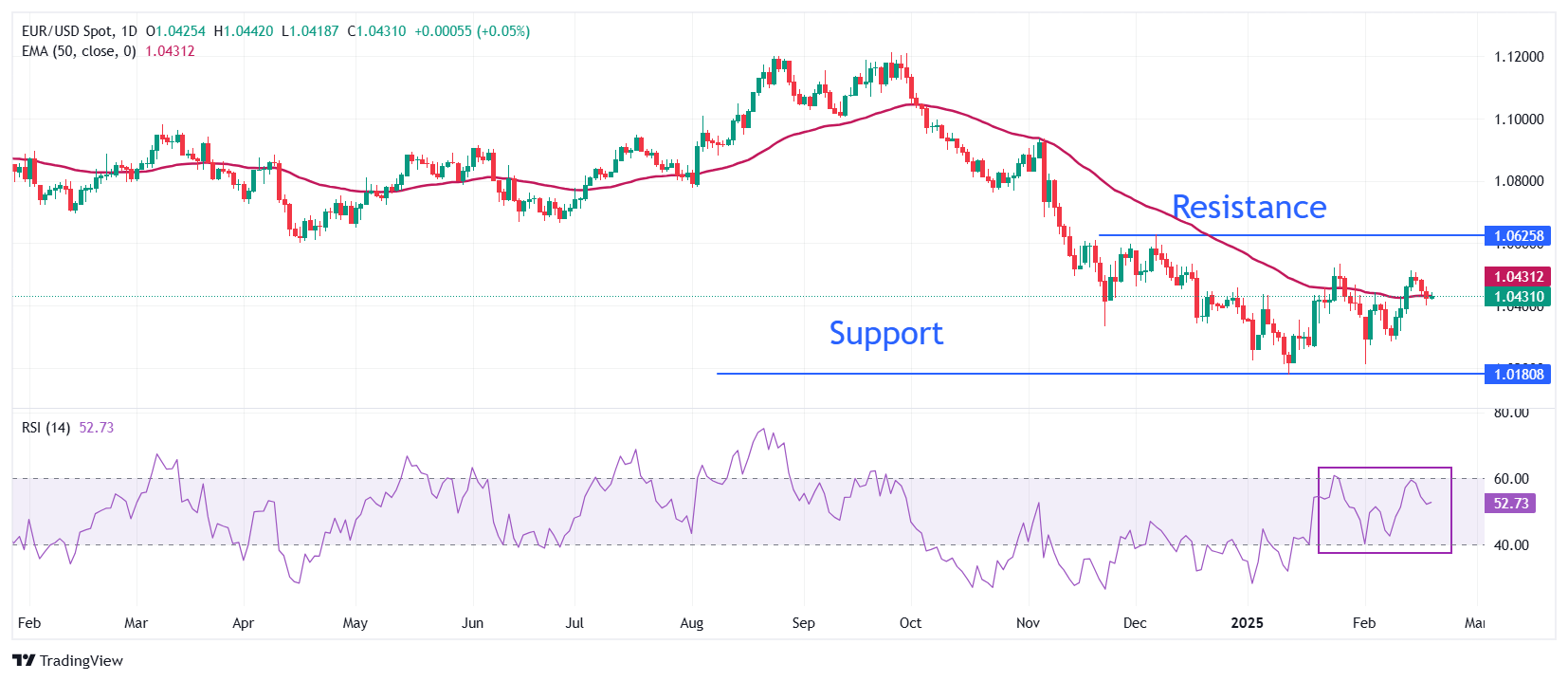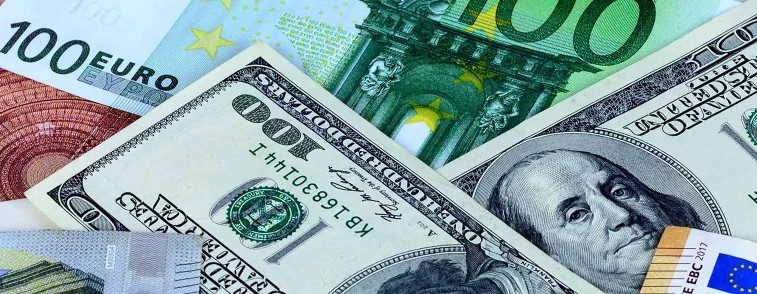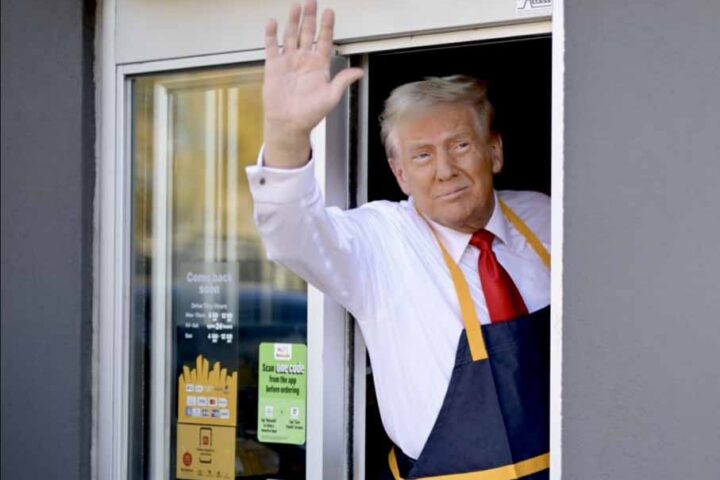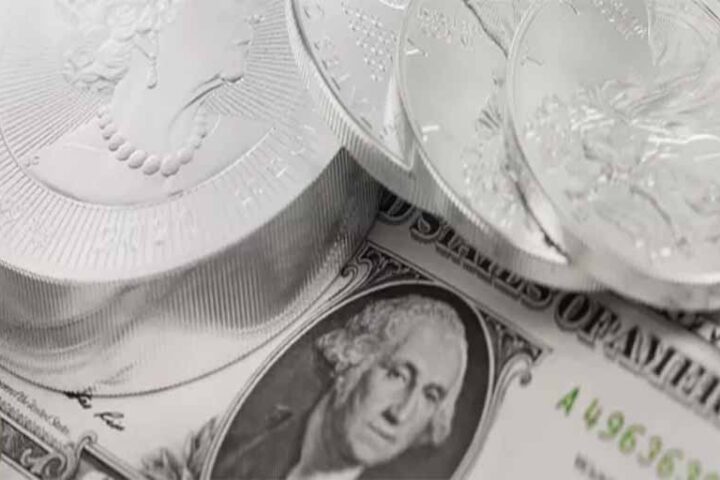EURUSD rose to near 1.0440 as the US dollar declined in Thursday’s European session, with the DXY Dollar Index, which tracks the greenback’s value against six major currencies, falling to near 106.90.
The dollar appears to have resumed its downside journey after a mild recovery earlier this week despite President Donald Trump’s tariffs agenda continuing to keep investors on their toes.
Till now, the US president has imposed 25% tariffs on steel and aluminium, 10% on all imports from China, and has threatened to introduce reciprocal tariffs, with a 25% levy on automobiles, semiconductors and pharmaceuticals by April.
Trump has mentioned that he refrained from imposing tariffs immediately to allow local manufacturers enough time to increase their operating capacity.
On the monetary policy front, Federal Open Market Committee minutes for the January meeting showed on Wednesday that policymakers hesitated to continue easing the monetary policy amid concerns over a sticky inflation outlook.
The FOMC minutes revealed that producers will pass on the import tariff cost to consumers, according to the output policymakers have received from business owners. Such a scenario will increase inflationary pressures and allow the Fed to maintain a restrictive monetary policy stance for longer.
Technically, hawkish FOMC minutes should have supported the US dollar, but Trump’s economic policies are driving the asset.
The euro is underperforming against other peers as traders have fully priced in three more interest rate cuts by the European Central Bank by this summer.
However, ECB executive board member Isabel Schnabel said on Wednesday that she expects the central bank could announce a “halt” in the monetary expansion cycle as risks to inflation have “skewed to the upside” while borrowing costs had eased a lot.
Schnabel warned that domestic inflation was “still high” and wage growth was “still elevated”, amid “new shocks to energy prices”.
On the geopolitical front, growing optimism over the Russia-Ukraine truce could support the Euro.
President Trump has agreed to hold more talks with Russia, including Ukraine and Europe, to end the war in Ukraine.
A Russia-Ukraine peace agreement would have a favourable impact on the Eurozone. The truce would improve the global supply chain and lower energy prices.
The Eurozone used to be significantly dependent on Russia for energy imports before its war with Ukraine.
Going forward, the major trigger for the US dollar and the euro will be flash Purchasing Managers Index (PMI) data for February, which will be released on Friday.
In Thursday’s North American session, investors will focus on the Initial Jobless Claims data for the week ending February 14.
 EURUSD chart by TradingView
EURUSD chart by TradingView
(Source: OANDA)







